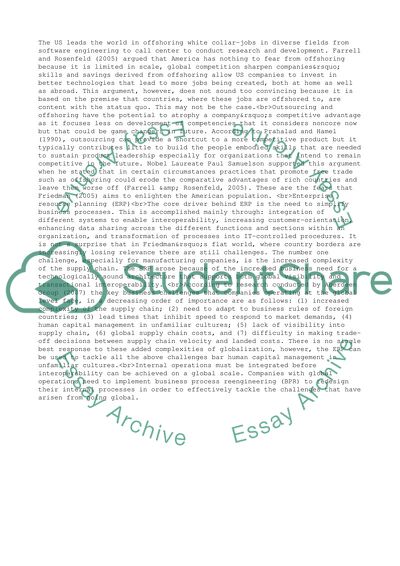Cite this document
(“Business Management and Information System Essay”, n.d.)
Business Management and Information System Essay. Retrieved from https://studentshare.org/business/1437422-business-management-information-system-choose-one
Business Management and Information System Essay. Retrieved from https://studentshare.org/business/1437422-business-management-information-system-choose-one
(Business Management and Information System Essay)
Business Management and Information System Essay. https://studentshare.org/business/1437422-business-management-information-system-choose-one.
Business Management and Information System Essay. https://studentshare.org/business/1437422-business-management-information-system-choose-one.
“Business Management and Information System Essay”, n.d. https://studentshare.org/business/1437422-business-management-information-system-choose-one.


